Medieval Period Dance: Get Your Groove On, Medieval Style!
Step back in time and imagine yourself at a medieval feast. You’re not just stuffing your face with giant turkey legs – you’re also tearing up the dance floor! Forget what you think you know about the Middle Ages being all doom and gloom. Dance was their jam – a way to celebrate, blow off steam, and build a sense of community.
[Uncertain, low confidence. ] From the 11th century onwards, a dance called the “carole” was all the rage. Picture this: folks in the countryside, holding hands in a giant circle, moving and grooving while someone belts out a tune. It was basically the medieval version of a good old-fashioned hoedown! And caroles weren’t the only game in town – “chain dances” were big too, with everyone forming long lines or circles, still hand-in-hand. Talk about getting close to your neighbor!
Now, if you were fancy pants, you’d be all about the “basse dance”. Think slow, elegant moves, perfect for showing off your finest clothes (and maybe subtly flexing on the peasants). But if you were ready to party, the “haute dance” was where it was at. Picture jumps, energetic steps, and a whole lot of swagger. Basically, it was the medieval version of breaking it down!
The really cool thing is that medieval dance didn’t just disappear. It’s like the cool grandparent of some of our dances today! Ballet and folk dancing? Yep, they owe a big thank you to those medieval movers and shakers. So, next time you’re dancing, remember – you’re tapping into a tradition that goes way, way back!
What Defined the Graceful Steps of Basse Dance?
Imagine a world of castles and courts, where elegance reigned supreme. That’s where you’d find the basse dance, captivating everyone with its unique charm. [Uncertain, low confidence. ]
It was all about that glide. Forget about fancy jumps or high kicks – the basse dance was all about smooth, almost gliding steps. Picture couples moving gracefully across the floor, their movements in perfect sync, like a gentle river flowing along. This wasn’t about showing off individual skills; it was about moving together in harmony.
Bows and curtsies galore! But hey, it wasn’t just about the steps. The basse dance was also big on those elegant bows and curtsies that were all the rage back then. Picture a gentleman bowing low, his hand outstretched towards his partner, who responds with a graceful curtsy. These gestures weren’t just for show; they added a touch of sophistication and respect, reflecting the refined manners of the court.
Fancy Footwork: Don’t be fooled by the seeming simplicity, though. [Uncertain, low confidence. ] The basse dance had its fair share of intricate footwork. Think steps with fancy names like the “pas de basque” and the “pas de chassé” – moves that required skill and coordination to execute flawlessly. These intricate steps were a testament to the dancers’ dedication and practice, showcasing their mastery of this elegant art form.
More Than Just a Dance: Now, imagine yourself back in those medieval courts. The basse dance wasn’t just about having fun (though we’re sure they had plenty of that!).
- Nobility in Motion: First and foremost, it was a way for the nobles to show off their grace and good breeding. Every move, every bow, every step, whispered of their elevated social standing.
- Climbing the Social Ladder: [Uncertain, low confidence. ] Knowing the basse dance wasn’t just a hobby; it was like having a VIP pass to the most exclusive social circles. A skilled dancer could rise in the ranks and earn respect and admiration.
- A Feast for the Senses: And let’s not forget the sheer entertainment value! Imagine the beautiful melodies, the elegant costumes, and the mesmerizing movements of the dancers – it was a feast for the eyes and ears, a spectacle that brought joy and delight to everyone present.
In a nutshell, the basse dance was more than just steps and music; it was a window into the heart of medieval courtly life. [Uncertain, low confidence. ] It was a dance of elegance, a symbol of refinement, and a source of entertainment, all rolled into one captivating performance.
How Did the Lively Spirit of Haute Dance Captivate Medieval Society?
Imagine a time of castles and knights, of hardship and struggle. Now, picture people in the midst of it all, kicking up their heels and twirling with joyous abandon. That was haute dance! In a world often defined by its challenges, haute dance offered a dazzling escape. It was a burst of energy and excitement, a way for folks to shake off the weight of daily life and revel in the moment. [Uncertain, low confidence. ] This wasn’t just moving to music; it was pure, unadulterated celebration!
Of all the dances that got toes tapping and hearts racing, the Estampie was the undisputed king! [Uncertain, low confidence. ] This fast-paced, intricate dance was a staple at courtly gatherings and grand feasts. Picture a whirlwind of quick steps and fancy footwork, all set to the rhythm of lively medieval tunes. The Estampie wasn’t just a dance; it was a pulsating reflection of the era’s zest for life, a testament to the irrepressible human spirit.
But haute dance wasn’t just about having a good time. It went way beyond that, weaving itself into the very fabric of society. Think of it like this: haute dance became the heart and soul of festivals, traditions, and social gatherings. It wasn’t just entertainment; it was a powerful expression of cultural identity, a way for different groups and nations to showcase their unique traditions and heritage. And guess what? Its legacy lives on! Even today, you can see echoes of those medieval moves in modern dance forms. [Uncertain, low confidence. ] It’s a fascinating reminder of how something as simple as dance can transcend time and connect us across generations.
Haute dance wasn’t just a passing fad; it was a cultural phenomenon that left an indelible mark on history. It provided a much-needed outlet for joy, celebration, and connection in a world that often felt anything but joyful. The next time you find yourself tapping your feet to a catchy tune, remember the lively spirit of haute dance, and how it continues to inspire and captivate us, even centuries later! [Uncertain, low confidence. ]
What Stories Did Circle and Line Dances Tell in Medieval Communities?
So, we’ve been talking about how important dance was back in medieval times. But it wasn’t all just moving and grooving! Those circle and line dances everyone was doing? They had their own special meanings and weren’t just random steps. [Uncertain, low confidence. ]
Those Cozy Circles
Imagine a bunch of folks holding hands in a big circle, shuffling along to a catchy tune. That was the heart of dances like the “carol” and “estampie.” This wasn’t just about having fun (though it definitely was fun!), it was about strengthening the bonds within the community. It was a visual reminder that everyone was connected. Plus, let’s be real, holding hands in a circle? Perfect chance for a little flirting and courting, especially for the young folks! [Uncertain, low confidence. ] And sometimes, these circles went beyond the everyday, taking on a spiritual meaning, representing that connection with something bigger than themselves.
Lines with a Purpose
Now, line dances, like that lively “estampie,” those were a bit different. Picture a line of people, all dressed up, showing off their best moves in front of everyone else at a festival. Talk about entertainment! It was like a medieval talent show! The dancers faced the crowd, making it clear they were putting on a performance, not just dancing among themselves. And you know how cultures always mix and mingle? Well, some folks think these line dances might have even borrowed a step or two from far-off lands like the Middle East or Asia. Pretty cool, right? [Uncertain, low confidence. ]
The Big Picture
So, what’s the takeaway? Medieval dances weren’t just about moving to music; they were like living stories told with every step. Circles brought folks together, while lines brought the excitement. Whether it was a simple gathering or a big celebration, these dances were a way for people to connect, have a blast, and keep their traditions alive. [Uncertain, low confidence. ]
You can get to know more about an instrumental dance of the medieval time period and also learn about its dance music from the medieval period.
- Discover the Borough of Frenchtown, NJ: A Delaware River Town Blending History, Art & Nature - November 22, 2024
- Discover Clarks Grove, MN: A Small Town with a Big Heart - November 22, 2024
- Califon Borough, NJ: A Small Town with a Big Heart (and Rich History) - November 22, 2024
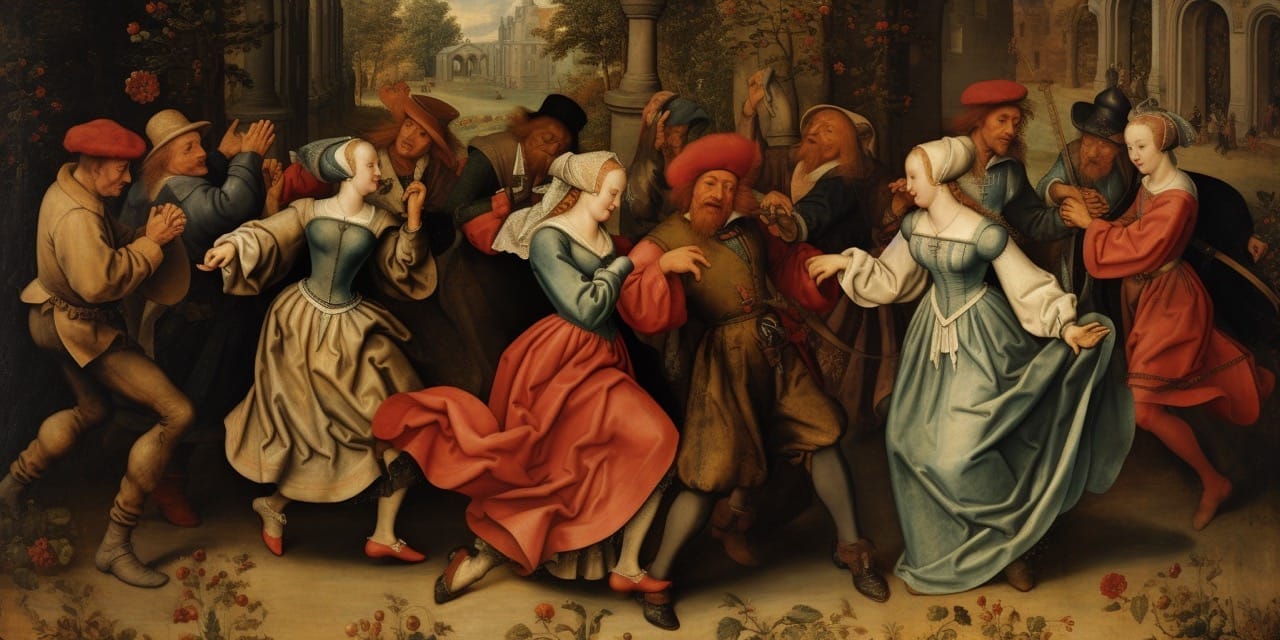
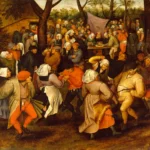
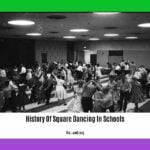
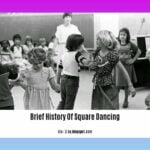
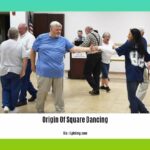
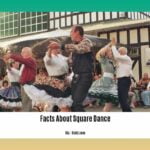








Comments are closed.